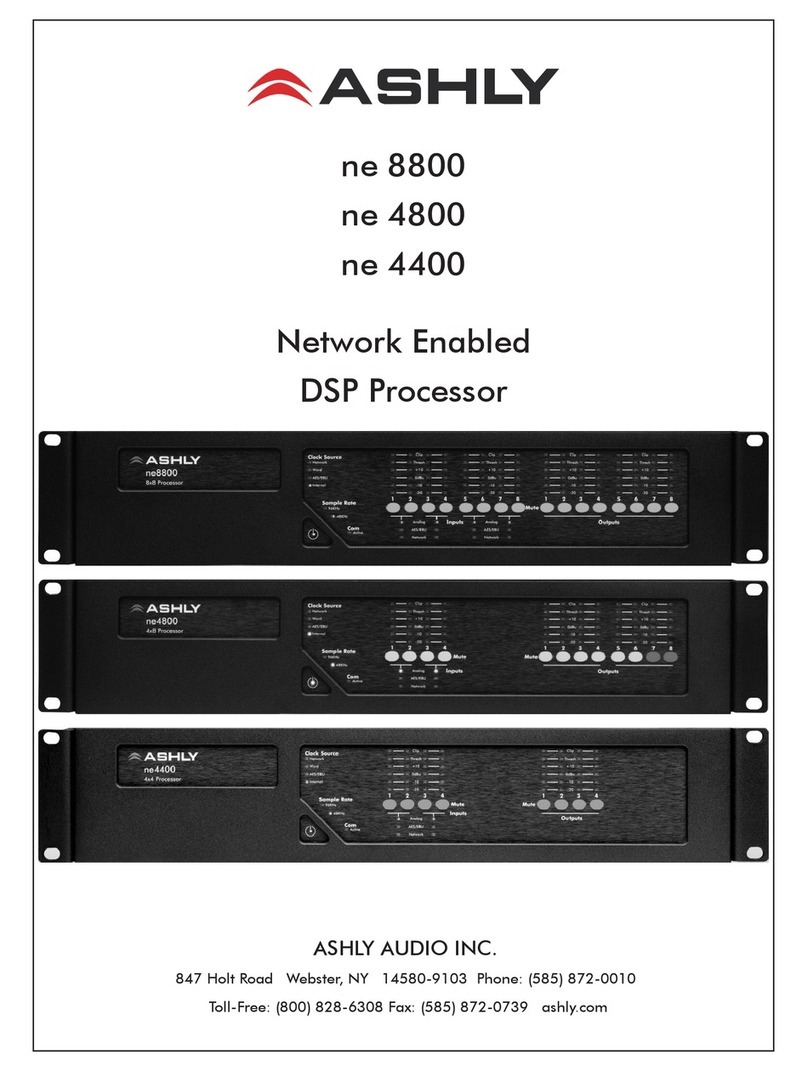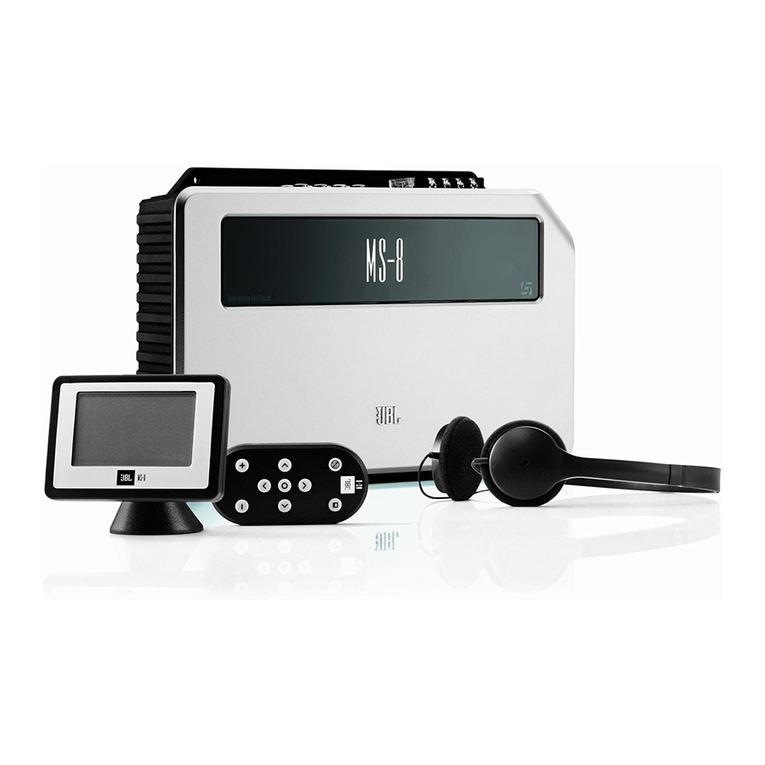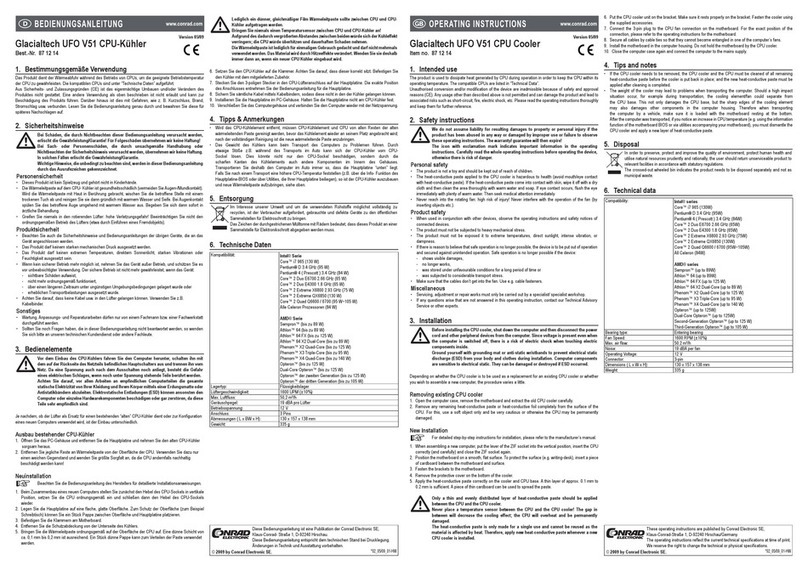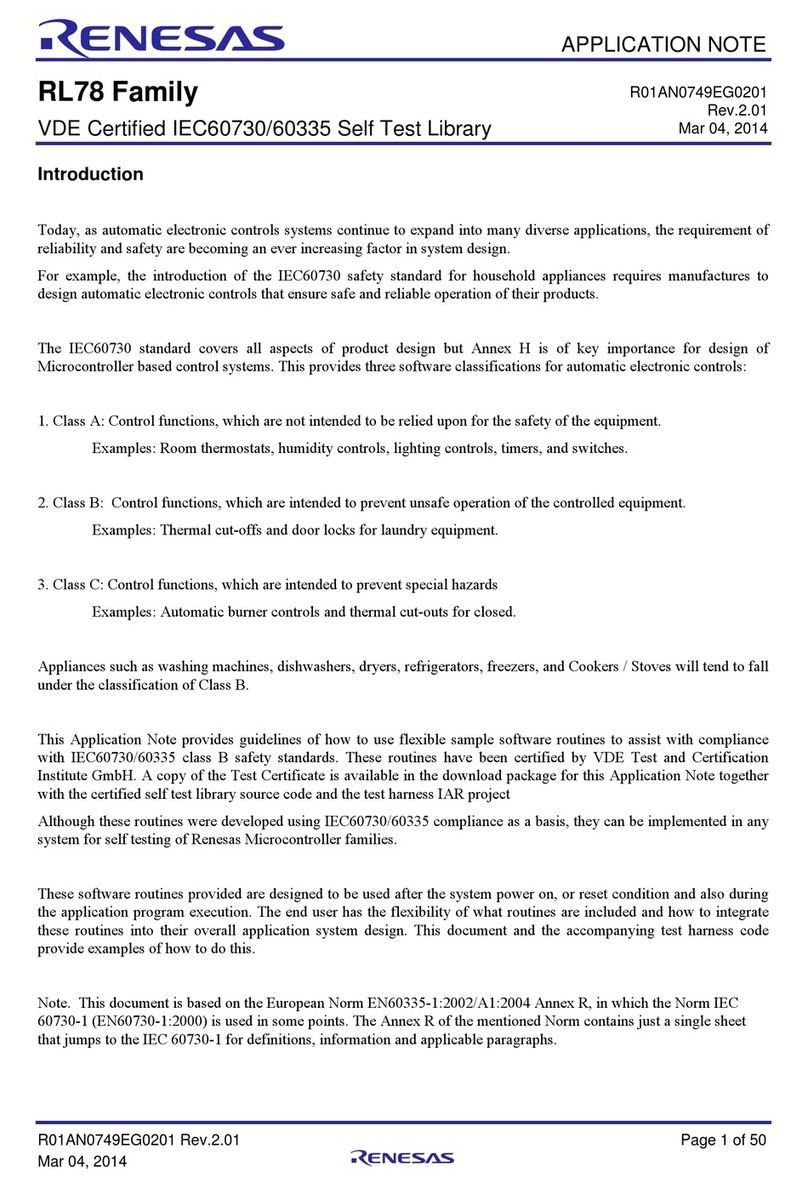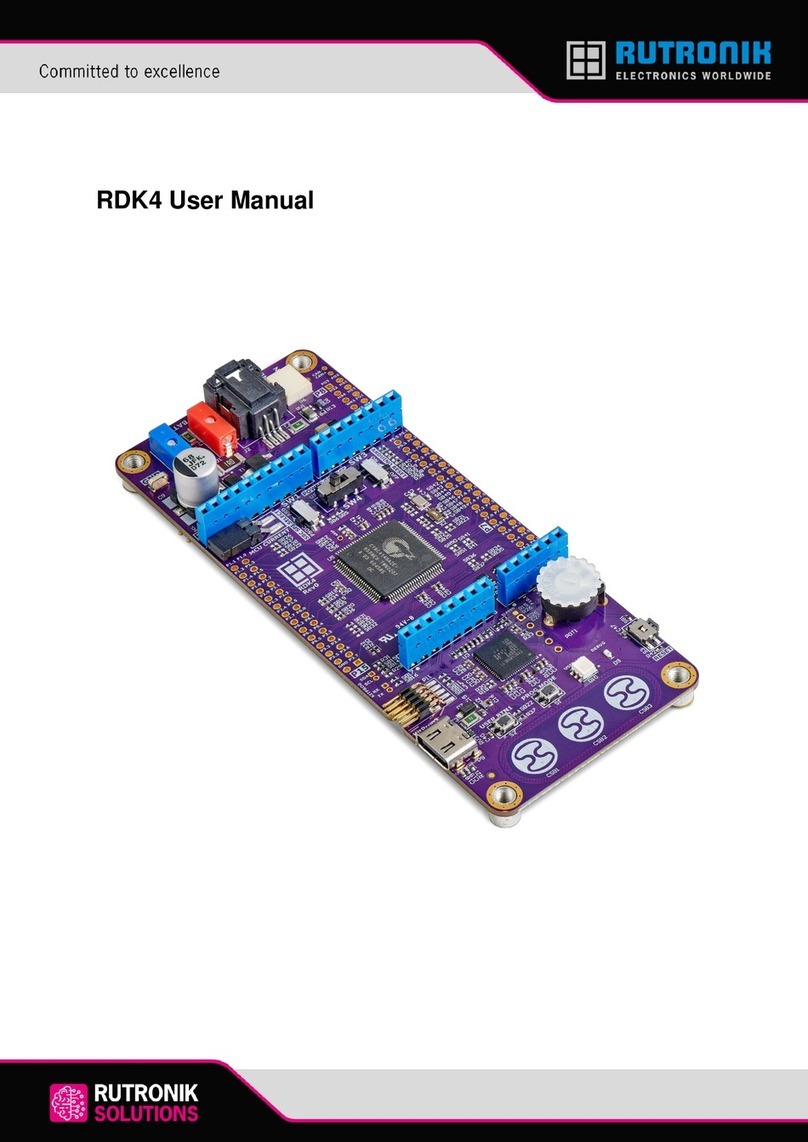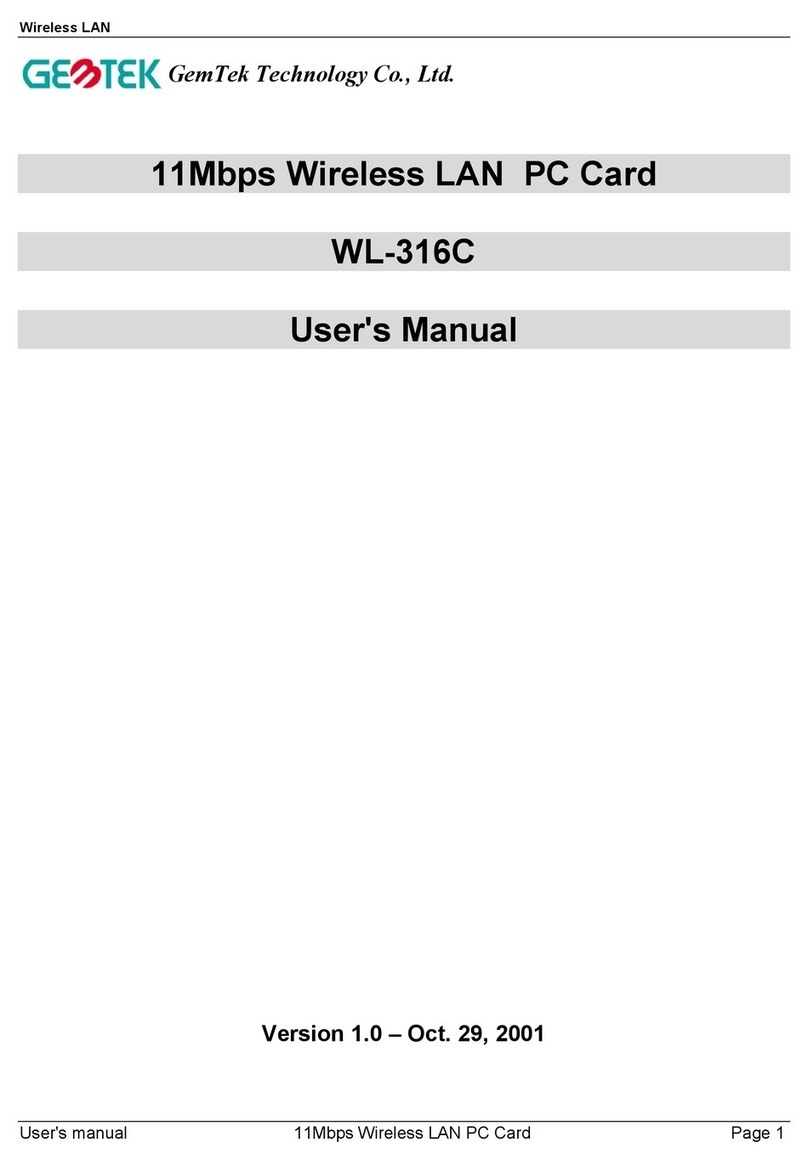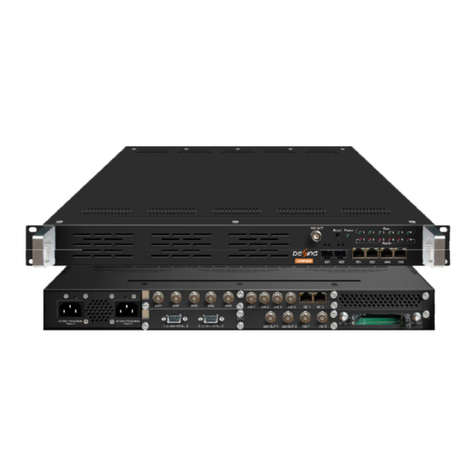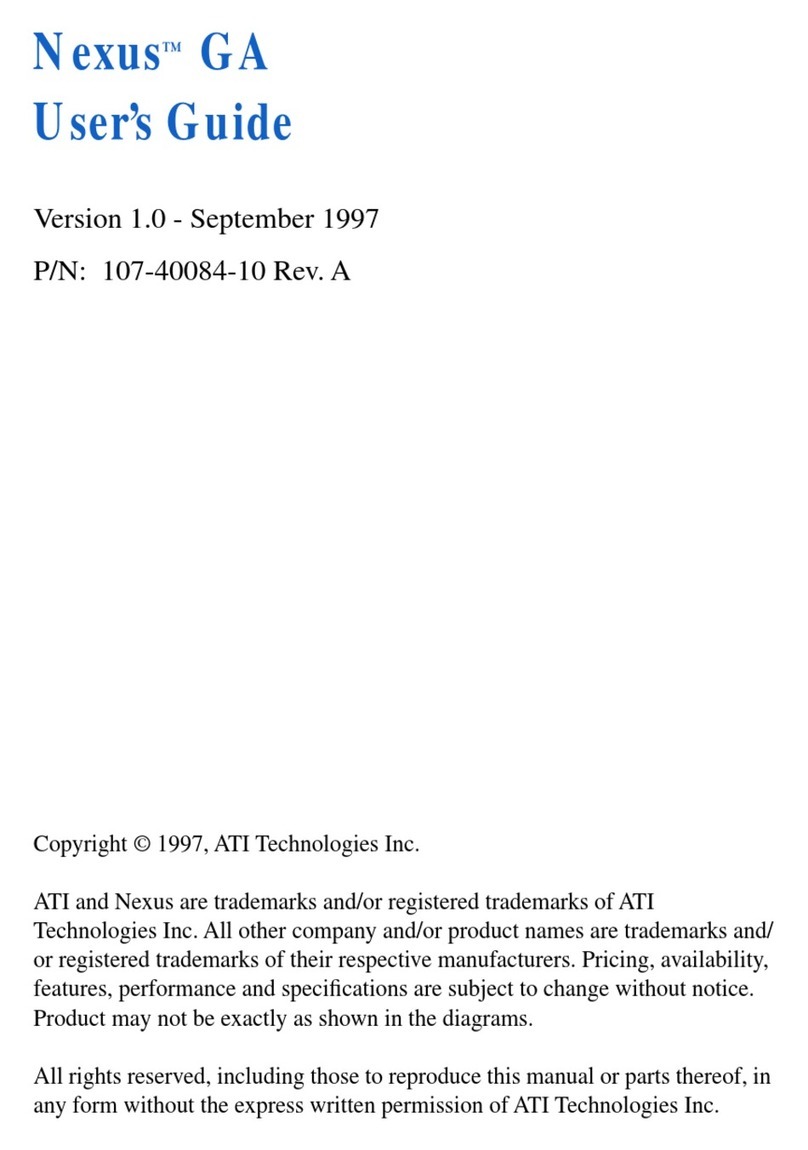TRAMPA BMS 18S Light User manual

1 Features
●Supports 3 to 18 cells
●LTC6813 chipset
●Charge-only BMS
●Chemistry: LiIon, LiPo, LiFePo4
●SoC & SoH estimation
●Charge current measurement
●Charge cutoff on cell over temperature
●Charge cutoff on cell over charge
●Over temperature detection BMS
●Cell temperature monitoring (3x NTC)
●Self test routine
●CAN connectivity
●Communication with VESC motor controller
●Buzzer for acoustic warning signals
●VESC Tool desktop and mobile support for
configuration and monitoring (mobile requires a
wireless module)
Battery Management System BMS 18S Light
2 Applications
●General purpose smart BMS for 3 to 18 cells in
series
●For integration into VESC ecosystem
3 Description
The VESC 18S Light BMS is a charge only battery management
system (BMS) for up to 18 cells in series featuring cell
balancing, charge coupling and decoupling, temperature
monitoring and system health checks. The device is designed to
be integrated into the VESC ecosystem, allowing it to
continuously share information about the battery sate with other
CAN linked devices, so that the battery always will be operated
within pre-defined and acceptable limits. The VESC motor
controllers use the data on the CAN-bus from the BMS for soft
power rampdown when the cells get warm or approach end of
charge, which preserves the cells and avoids hard cutoffs. This
dynamic interaction sets the device apart from less
sophisticated solutions without a transparent communication
structure.
The BMS is backed by VESC Tool, which runs on Linux,
Windows, iOS, MacOS and Android. Features include a wide
range of adjustments for the battery setup and operation as well
as live monitoring and logging capabilities onto a computer or
VESC device like the VESC-Express.
Page 1 Rev. 1.0
Page 1
4 Typical installation
The typical installation is shown in the diagram below.
It is necessary to use appropriate fuses on all connections,
matching the discharge current and charge current.
It is highly recommended to use 200mA fuses on all balance
cables, close to each cell! Each battery has to be equipped
with at least one temperature probe (NTC10K 3380K) in the
centre of the battery and with sufficient thermal contact to the
cells.

Page 2 Rev. 1.0
Page 2 Rev. 1.0
Battery Management System BMS 18S Light
Table of Content
●1 Features………………………………..
●2 Applications…………………………...
●3 Description………………….………...
●4 Typical installation……………...…….
●5 Warnings……………………………....
●6 Type of batteries……...……………...
●7 Charger…………….…………………..
●8 Charge process…...…………………..
●9 Setup in Software……………………..
●9.1 Starting the Setup…...……………...
●9.2 The Charging tab…………………...
●9.3 The Balancing tab…………………..
●9.4 The Sleep tab……………………….
●9.5 The Counters tab…………………...
●9.6 The Communication tab…………...
●9.7 The External tab…………………….
●9.7 The External tab…………………….
●10 Calibration and final checks………..
●11 Integration in your battery housing...
●12 General safety information about….
IiIon and LiPo batteries
●13 Support……………………………….
●
1
1
1
1
3
3
3
3
4
4
5
5
6
7
7
7
7
8/9
10
10
10

Battery Management System BMS 18S Light
5 Warnings
WARNING: Read the ENTIRE instruction manual to
become familiar with the device and its features before
operating. Failure to operate the product correctly and
safely may result in damage to the product, personal
property and cause serious injury.
This product must be operated with caution, common
sense and in harmony with any regulations in place.
Usage requires special mechanical and electrical ability
and training. Failure to operate this product in a safe and
responsible manner could result in injury or damage to
the product or other property.
This product is not intended for use by children. Do not
attempt disassembly, use with incompatible components
or augment product in any way without given approval by
the manufacturer. This manual contains instructions for
safety, operation and maintenance. It is essential to read
and follow all the instructions and warnings in the manual,
prior to assembly, setup or use, in order to operate
correctly and avoid damage or serious injury.
Age Recommendation: Not for children under 18 years.
This is not a toy.
Throughout the literature the following terms will be used
to indicate various levels of potential harm when
operating this device.
NOTICE: Procedures which, if not properly followed,
create a possibility of physical property damage AND little
or no possibility of injury.
CAUTION: Procedures which, if not properly followed as
described in this manual, create the probability of physical
property damage AND a possibility of serious injury.
WARNING: Procedures which, if not properly followed,
create the probability of property damage, collateral
damage, and serious injury OR
create a high probability of superficial injury.
WARNING: This device may not be used for
applications requiring fulfilment of special safety
standards. Among others this includes:
Vehicles, aircrafts, certain machines and
operation in safety critical environments like
medical, nuclear and military!
Page 3 Rev. 1.0
6 Type of batteries
This product may only be used for suitable batteries,
such as LiIon, LiPo and LiFePo4. The settings in the
software must the changed to match the cell chemistry
and other call parameters. Please refer to the data
sheet of your battery cell.
Depending on your country, safe handling for
untrained persons is limited to a certain voltage range.
If you don’t have professional training, you may not
operate this device above the specified voltage range.
This voltage range is specified by the low voltage
directive of your country of operation.
WARNING: Battery cells may not be overcharged or
operated below their lowest specified discharge
voltage. Batteries operated outside these parameters
are a serious risk of fire and/or explosion! Even a
single event of overcharge and over discharge should
result in a safe disposal of the battery!
Typical values for different cell chemistries are:
(Lowest discharge voltage - Max charge voltage)
LiFePo4: 2.5V – 3.6V
LiIon: 2.8V - 4.21V
LiPo: 3.2V - 4.21V
For optimal battery life it is recommended to stop
charging at 95% of the possible charge level and
avoid discharging the cells to the lowest possible
voltage. For example LiIon: 3.2V – 4.15V per cell.
WARNING: Battery cells may not be mixed! A battery
must be made from cells of the same chemistry, same
type, same age, and same wear level! Each cell must
be fused with an appropriate fuse.
7 Charger
The charger must match the battery chemistry,
battery voltage (cells in series) and maximum battery
charge current. The maximum possible charge current
this product can safely handle is 12A.
The charge port must be secured with an appropriate
fuse.
The BMS is capable of decoupling the charger if the
battery faces conditions outside of safe parameters.
This includes overcharge of individual cell groups and
over temperature of the battery pack.
8 Charge process
The charge process must be monitored at all times!
Never attempt to charge a hot battery or battery that
was just used. Let the battery cool down before
charging it. Let the battery cool down before using it
again. Monitor the battery temperature before and
after the charge process.
Before charging the battery make sure to monitor the
state of balance. A healthy battery should stay well
balanced throughout the discharge and charge
process. A battery with cell balance issues may have
bad internal contacts or incorporates damaged cells!

Battery Management System BMS 18S Light
Page 4 Rev. 1.0
9 Setup in Software
The BMS must be configured before it can be used in conjunction with your battery. After installation to the battery a
connection to VESC-Tool (latest version) must be established. The connection can either be done via USB, a VESC
wireless module (VESC-Express) or via another CAN attached device. We advise to use USB for the initial setup.
Procedure: Launch VESC-Tool, connect via USB, click on the Auto-Connect button on the front screen. The device should
now connect and in the lower right corner of VESC-Tool you should see a statement Connected (Serial) to COM X.
Notice: it can take 20 – 30 seconds for the BMS to show up after plugging in USB due to the sleep mode.
9.1 Starting the Setup: After the successful connection please navigate to the VESC BMS menu on the left hand side. In
this window you will find different tabs with different settings. We will start with the General tab and enter the number of
cells in series. In our example we have 12 cells in series and the Number of Cells is set to 12.
The First Cell Index is typically set to O. In some cases the balance cables are plugged into the BMS in a different way and
this setting allows you to set the BMS accordingly.
EXAMPLE:
This example shows the balance
connectors from two 6S batteries in
series. The minus pole of the battery is
connected to PIN 3. First Cell Index is
set to 3
Balance cables must be plugged in a
row with no empty pins in the middle,
for example from PIN 3 to 15
The SoC filter constant typically stays untouched. Please note that clicking on the ?Symbol will bring up some information
about each setting.
After making the changes to the settings, the new settings must be written to the BMS! You can make all changes in all
tabs first and then finally write all settings with one single click on the Write button. If you forget to write the settings, the
BMS will not have the correct values for a safe operation!
PIN 3
The current must be above this manitude for the Ah and Wh couters to run.

Battery Management System BMS 18S Light
Page 5 Rev. 1.0
9.2 The Charging tab: This tab is used to set up all relevant values for the charging process.
Charge End Voltage must be set to the maximum allowed single cell voltage or lower.
Please refer to the data sheet of the cell in use!
- For LiIon and LiPo batteries this value is typically 4.21V.
- For LiFePo4 this value is typically 3.65V
- For LiHv this value is typically 4.35V
Charge Start Voltage defines the single cell voltage below the charger will be engaged for charging.
In our example the charger will not be engaged if a single cell measures 4.17V.
Charge Minimum Voltage defines the minimum single cell voltage needed to allow charging. If a cell is over discharged, it
should not be charged again! Please refer to the data sheet of your cell.
Charge Detect Threshold Voltage defines the minimum voltage measured at the charge port to allow charging.
This number should be slightly lower than the no-load voltage of the charger.
Charge Min Temp is the lowest temperature allowed during the charge process.
Charge Max Temp is the highest temperature allowed during the charge process.
Charge Temp Mon is used to disable temperature monitoring of the cells. This setting should only be used in a safe
environment with other measures to monitor the battery temperature.
Max Charge Current is the highest charge current accepted by the BMS. If the charger is too powerful, the BMS will
decouple the charger.
Information about each setting
9.3 The Balancing tab: This tab is used to adjust all relevant values in reference to the balancing process.
The first thing to define is the Balancing Mode. Your options are:
BALANCE_MODE_DISABLED
Do not balance cells at all.
BALANCE_MODE_CHARGING_ONLY
Only balance while charging.
BALANCE_MODE_DURING_AND_AFTER_CHARGING
Balance cells during charging and after charging has finished. Balancing will stop as soon as the balance_max_current is
exceeded.
BALANCE_MODE_ALWAYS
Always allow balancing.

Battery Management System BMS 18S Light
Page 6 Rev. 1.0
The Balance Starting Voltage is the Voltage difference towards the lowest measured cell voltage. If a cell is this much
higher in voltage, then this cell will be balanced (drained) to level out with the other cells in the pack.
The Balance End Voltage is the voltage tolerance that is accepted towards the other cells in the battery pack (seen as
equal in voltage level). In the example below: A cell being 0.008V higher in voltage will not be balanced any longer.
The Balance Minimum Voltage is the voltage a cell needs to have before it can be balanced (drained) to meet the other
cells voltages. Any cell with a voltage below this value will not be balanced.
The Balance Maximum Current defines the charge or discharge current flow that is accepted while balancing. If the current
flow is higher, then balancing is interrupted. Notice: The discharge-current is typically reported on the CAN-bus by the
VESC motor controller.
The Max Balance Channels is the number of cells being balanced simultaneously. This number also defines the heat being
generated while balancing a battery pack. The more cells you balance in parallel, the more energy is being transformed
into heat via the balance resistors. The more channels you allow, the faster the battery pack will balance.
The Distributed Balancing setting allow the use of multiple VESC 18S Light BMS systems on one larger battery system.
One example is two batteries in parallel, each having a VESC 18S Light BMS attached to it. The BMS devices have to sit
on one CAN bus, being able to communicate with each other. If one BMS detects an issue and decouples the charger, the
other BMS is informed to follow this instruction to prevent further charging of the battery.
The Temp Balance Start defines the temperature of the BMS circuit board and balance chipset resulting in a a decrease in
balance performance to decrease the heat. This is done via reducing the maximum number of balance channels being
operated at the same time (Max Balance Channels).
The Temp Balance End defines the temperature of the BMS circuit board and balance chipset resulting in a total stop of
any balance activity. The balance process will start once the temperature dropped back to an acceptable level.
9.4 The Sleep tab: There are two settings you can change. The pre defined setting are acceptable for most systems.
Please refer to the screenshot displayed on page 7
The Minimum Sleep Current defines the current that allows the BMS to go into sleep mode.
The Sleet Timeout Reset Time allows the BMS to go into sleep mode if no keep-awake event has occurred for longer time
than this. Examples of keep-awake events are:
Balancing is active
Values are polled over CAN or USB
USB cable plugged in
Charging is active
Other BMSes on the CAN-bus are charging or balancing
VESC status messages are received
Current over min_current_sleep is drawn

Battery Management System BMS 18S Light
Page 7 Rev. 1.0
9.6 The Communication tab: This tab allows you to change setting for CAN communication with other devices.
- BMS ID: You can manually change the BMS ID. Make sure that no other device on the CAN-bus has the same ID.
- CAN Status Rate: Send status messages on the CAN-bus at this rate. High values might clog up the bus!
- CAN Baud Rate: The CAN-bus baud rate needs to match the baud rate of the other devices on the same bus.
9.7 The External tab: This tab allows you to define settings for an external power switch and/or current measurement unit
attached to the VESC BMS 18S Light. It should generally be left with the default values.
9.5 The Counters tab: The counters tab allows you to change setting in reference to the counters for Wh and Ah data.
The per-defined setting can be used as standard.
The Minimum Counter Current defines the current magnitude needed for the Ah and Wh counters to run.

Battery Management System BMS 18S Light
Page 8 Rev. 1.0
10 Calibration and final checks
After finishing the setup configuration, you need to calibrate the Zero Current and perform some tests to assure that
everything is functional and safe. Go to the BMS Data page on the left hand side menu and activate BMS Data on
the right hand side toolbar.
●Make sure that the battery is not charging and there is no consumer drawing current. Press Cal Zero Current.

Battery Management System BMS 18S Light
Page 9 Rev. 1.0
The next check is the temperature measurements. This window shows 7 temperatures. The temperature T1 and T2
are located on the BMS itself and show the temperture of the LTC chip and the Mosfet switch of the charge input.
Temperature probe T1 on the BMS shows a T4 in this menu. T2 on the BMS shows as T3,T6,T7 and T3 shows as
T5. Now plug your temperture probe(s) to T1, T2 or T3 on the BMS. These probes need to be an NTC10K with a
beta value of 3380k.
●Enable BMS real time data in the left hand side menu and navigate to the BMS Data in the right hand side
menu.
●Do the temperature probes bring up correct results in this screen? Compare the real temperature to the shown
temperature.
Now prepare a temp probe and do not attach it to the battery. Heat up the probe and see if the temperature changes
in the software. Now engage your charger and perform the following test:
●Heat up the temp probe above 60°C and see if the charger is decoupled by the BMS.
The test above has to end with a positive result, showing that the charge process is interrupted when the battery
gets too warm. After a successful test, attach this temp probe to the middle of a battery cell within the middle of the
battery pack. Make sure there is good thermal contact to the cell.
Temp
BMS
Temp
Mosfet
Probe
T2
Probe
T2
Probe
T2
Probe
T1
Probe
T3

Battery Management System BMS 18S Light
Page 10 Rev. 1.0
11 Integration in your battery housing
Warning: The VESC 18S Light BMS should be carefully integrated into the battery housing. Wrong assembly and
placement may cause issues resulting in an unsafe battery with the probability of property damage, collateral
damage, and serious injury or death!
●The battery itself needs to be safe and made to standards in place. Never integrate a VESC BMS into a
damaged or unsafe battery!
●Cable routing and insulation needs to be safe and possible short circuiting needs to be ruled out
●Do not use flammable materials in your assembly, such as glues or flammable tape and insulation material.
●The Battery cells need to be thermally isolated from the BMS.
●The BMS needs to be able to dissipate the heat it generates while balancing.
●The enclosure has to protect the assembly and BMS against moisture, water and dust.
12 General safety information about IiIon and LiPo batteries
Warning: LiIon, LiPo and LiFoPo4 Batteries and also other types of batteries can be dangerous.
Wrong handling, assembly or operation may cause issues resulting in property damage, collateral damage, and
serious injury or death.
Read the following manuals with care:
●Li-ion Battery Care & Safety information: https://trampaboards.com/resources/manuals/245.pdf
●LiPo Battery Care: https://trampaboards.com/resources/manuals/244.pdf
Declaration of conformity (in accordance with
ISO/IEC 17050-1)
Product: VESC BMS Light
Item Number: #VESC BMS Light V1.3 lmp
The object of declaration described above is in
conformity with the requirements of the
specifications listed below, following the provisions
of the EMC Directive 2004/108/EC:
LVD 72-23 / 93/68 EWG
Nottingham, 12.0.2023
Trampaboards Ltd.
TRAMPA BOARDS LTD 2002 - 2016
Company Registration UK 4653504
Registered Business Address
Unit 16, Centre Court,
33 Little Tennis Street,
Colwick, Nottingham,
NG2 4EL, United Kingdom
This device is manufactured to meet the RoHS2
(2011/65/EU) regulations.
Instructions for disposal of WEEE by users in the European Union
This product must not be disposed of with other waste. Instead, it is the user’s responsibility to
dispose of their waste equipment by handing it over to a designated collections point for the
recycling of waste electrical and electronic equipment. The separate collection and recycling of
your waste equipment at the time of disposal will help to conserve natural resources and
ensure that it is recycled in a manner that protects human health and the environment. For
more information about where you can drop off your waste equipment for recycling, please
contact your local city office, your household waste disposal service or where you purchased
the product.
FCC COMPLIANCE
This device complies with Part 15 of the FCC Rules. Operation is subject to the following two
conditions: (1) this device may not cause harmful interference, and (2) this device must accept
any interference received, including interference that may cause undesired operation.
NOTE
This equipment has been tested and found to comply with the limits for a Class B digital
device, pursuant to part 15 of the FCC Rules. These limits are designed to provide reasonable
protection against harmful interference in a residential installation. This equipment generates,
uses and can radiate radio frequency energy and, if not installed and used in accordance with
the instructions, may cause harmful interference to radio communications. However, there is no
guarantee that interference will not occur in a particular installation. If this equipment does
cause harmful interference to radio or television reception, which can be determined by turning
the equipment o and on, the user is encouraged to try to correct the interference by one or
more of the following measures:
→ Reorient or relocate the receiving antenna;
→ Increase the separation between the equipment and receiver;
→ Connect the equipment into an outlet on a circuit different from that to which the receiver is
connected;
→ Consult the dealer or an experienced radio/ TV technician for help.
The following parties are responsible for the compliance of radio frequency equipment with the
applicable standards: in the case of equipment subject to authorization under the verification
procedure, the manufacturer or, in the case of imported equipment, the importer. If subsequent
to manufacture and importation, the radio frequency equipment is modified by any party not
working under the authority of the responsible party, the party performing the modification
becomes the new responsible party.
13 Support
If you have questions or doubts, please feel free to contact Trampaboards Ltd to clarify issues before proceeding with
the assembly or operation of the product. Trampaboards Ltd is available during its business hours and via email. For
further information visit: www.trampaboards.com
Table of contents
Popular Computer Hardware manuals by other brands
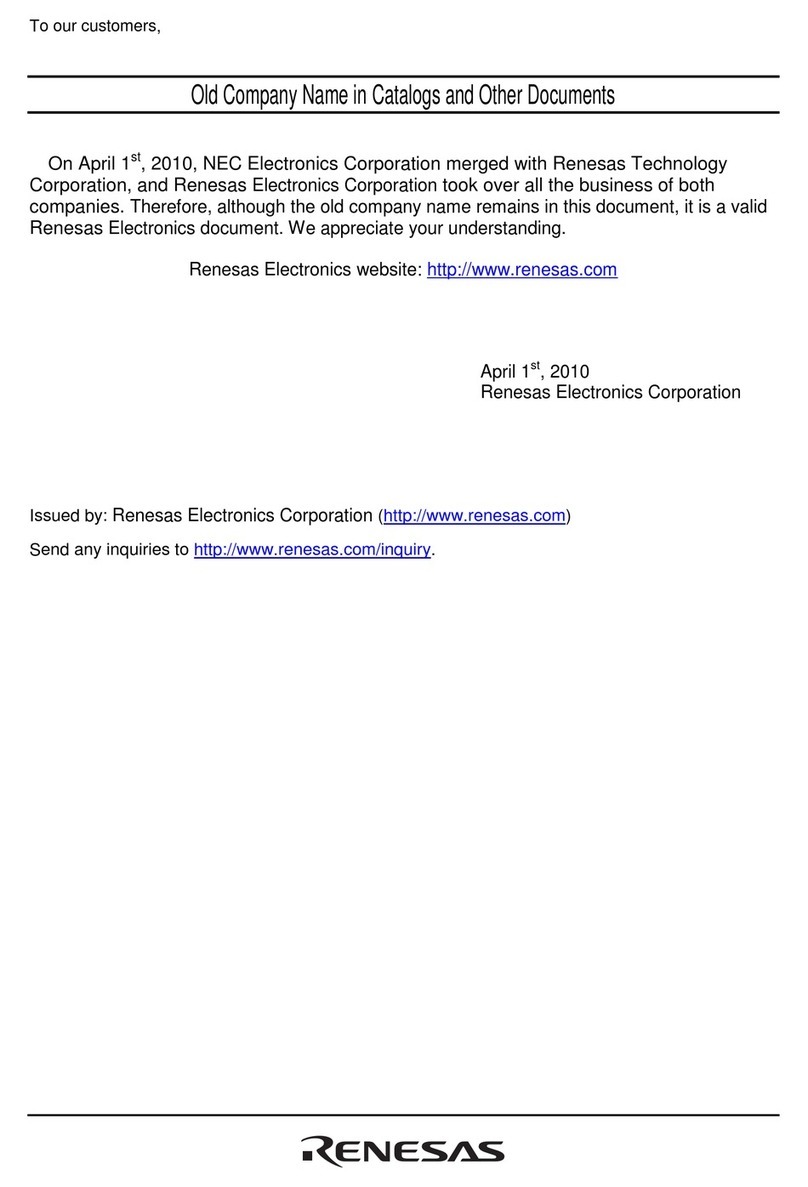
Renesas
Renesas M16C/62P Group Reference manual
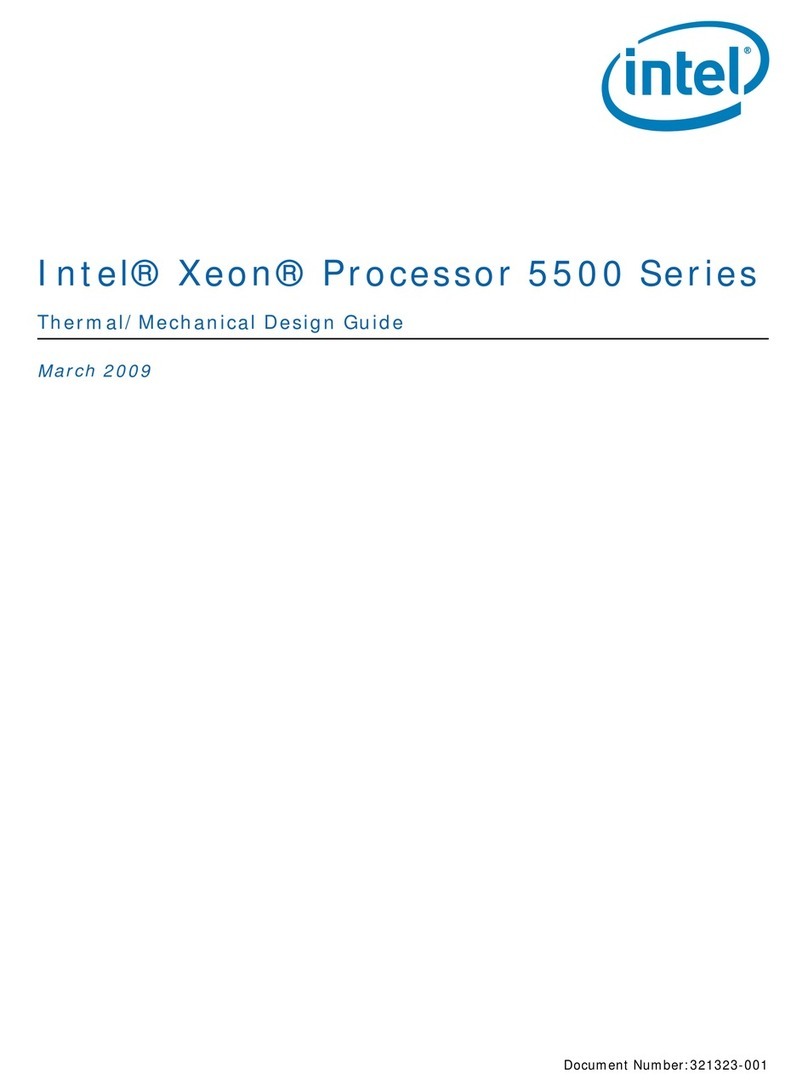
Intel
Intel Xeon 5500 Series Design guide
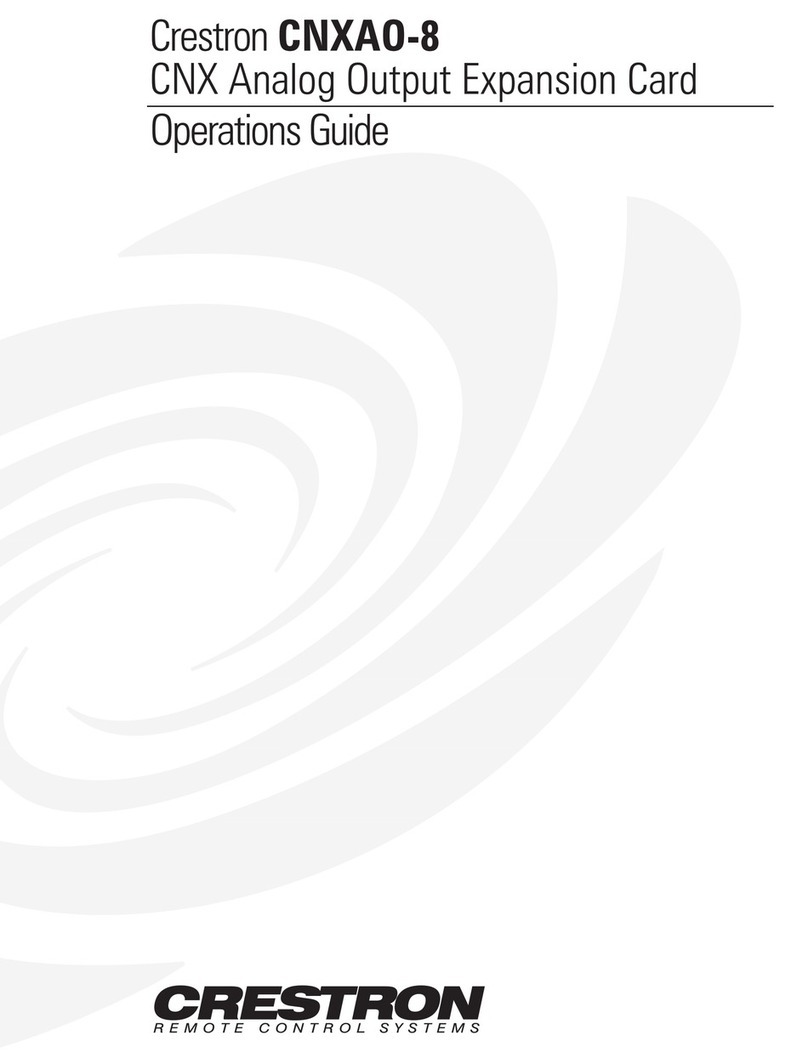
Crestron
Crestron CNXAO-8 Operation guide
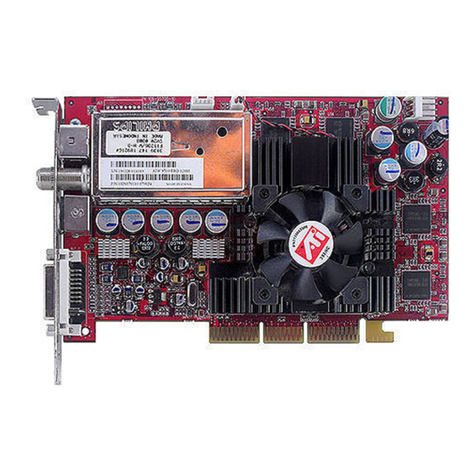
AMD
AMD MulTView ALL-IN-WONDER 9700 PRO Installation and setup user's guide

ARM
ARM Versatile/IT1 user guide
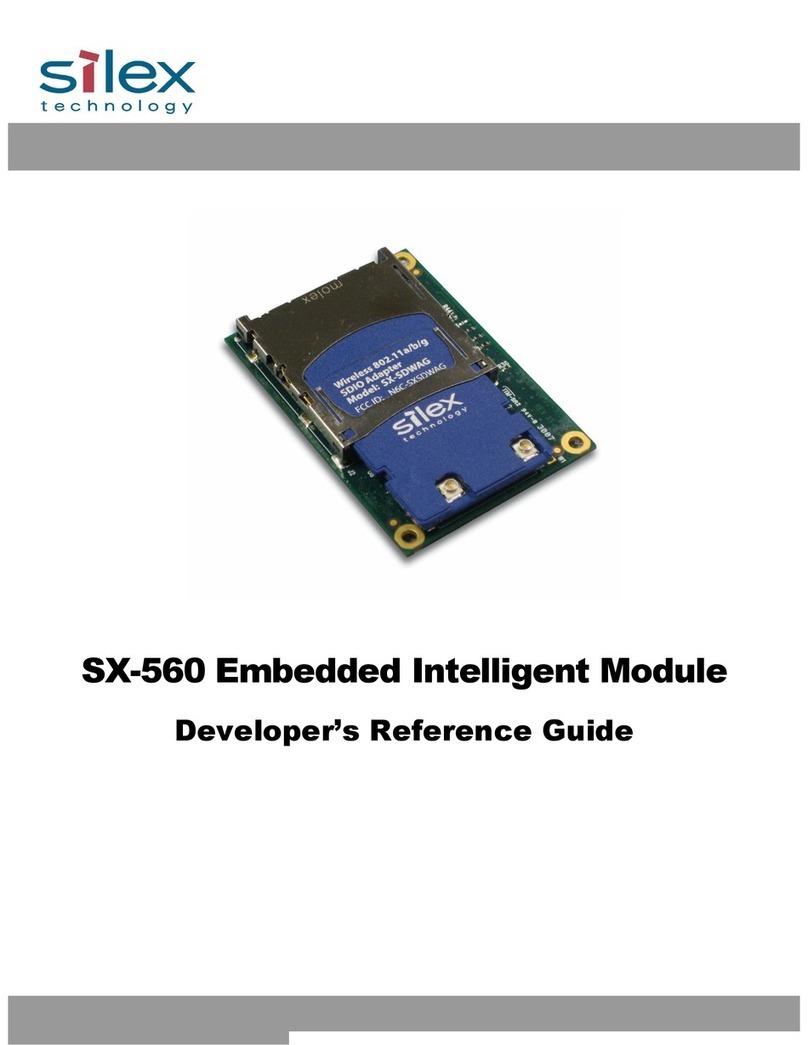
Silex technology
Silex technology Embedded Intelligent Module SX-560 Developer's reference guide
